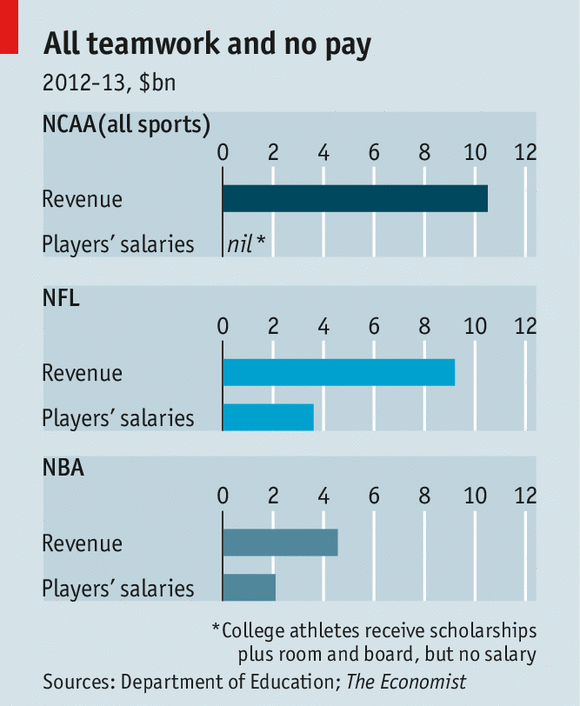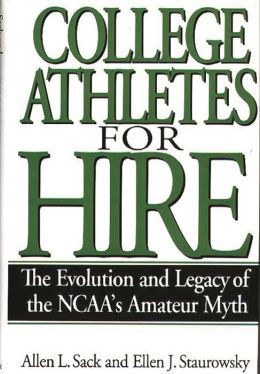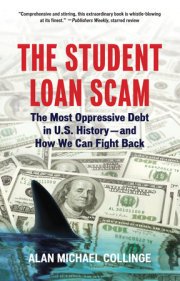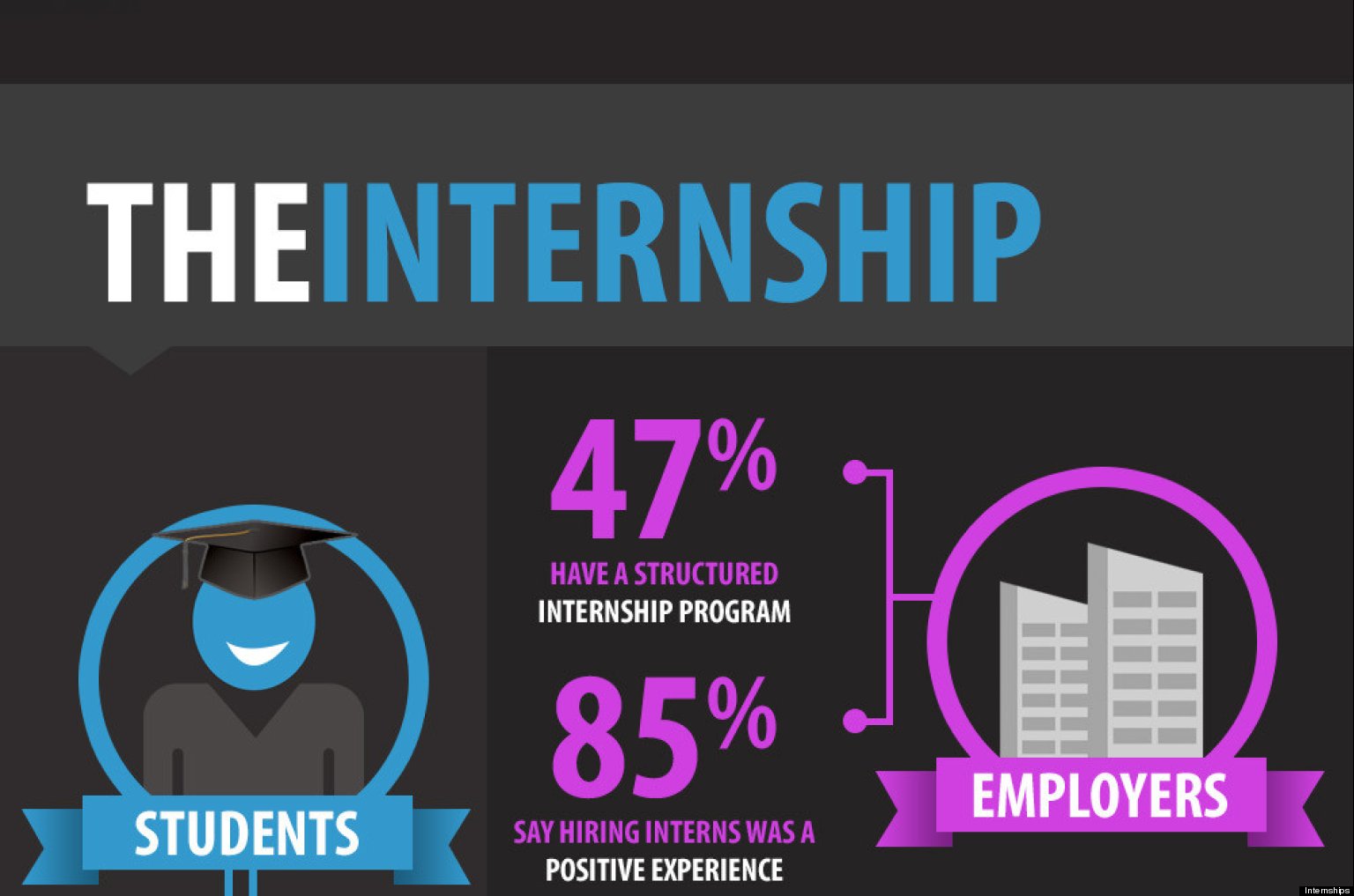Abstract:
The question of how to adequately compensate college athletes has been widely debated over the last decade, with players arguing a switch to a pay for play model while the NCAA is keen on preserving amateurism. The arguments have escalated and are beginning to cause discontent in college athletics, between most notably the players and the NCAA. My paper addresses the issue that athletes feel they are being taken advantage of by the NCAA, who is currently earning millions from these players. Specifically I will be looking at the financial, moral, and academic exploitation of these players by the NCAA and how the NCAA has been able to prolong this exploitation. I will discuss the idea of amateurism and how this enables the NCAA to continue to exploit players, although they argue it is there to protect them. I argue that the NCAA is a corrupt body that is currently exploiting athletes, who deserve more compensation than they are now receiving. In conclusion, this project, by closely examining the financial, academic and moral issues that surround the NCAA, brings to light the exploitation of college athletes and a potential solution to this long debated problem.
Bibliography:
Chavez, Linda. "How Colleges Exploit Athletes." New York Post, 28 Mar. 2014. Web. 03 Mar.
Collinge, Alan Michael. The Student Loan Scam. Boston: Beacon Press, 2009. Print.
Eder, Steve, and Ben Strauss. "Understanding Ed O’Bannon’s Suit Against the N.C.A.A." The
New York Times. The New York Times, 09 June 2014. Web. 26 Apr. 2015. <http://www.nytimes.com/2014/06/10/sports/ncaabasketball/understanding-ed-obannons-suit-against-the-ncaa.html?_r=0>.
Johnson, Greg. "The NCAA Makes Billions and Student Athletes Get None of It." The NCAA
Makes Billions and Student Athletes Get None of It. The Nation, 9 Apr. 2014. Web. 23 Apr. 2015. <http://www.thenation.com/blog/179272/ncaa-makes-billions-and-student-athletes-get-none-it>.
Manfred, Tony. "Here Are The Odds That Your Kid Becomes A Professional Athlete (Hint:
They're Small)." Business Insider. Business Insider, Inc, 10 Feb. 2012. Web. 30 Apr. 2015. <http://www.businessinsider.com/odds-college-athletes-become-professionals-2012-2?op=1>.
New, Jake. "Antitrust Loss for NCAA." Federal Judge: NCAA Violates Antitrust Law. Inside
Higher Ed, 11 Aug. 2014. Web. 20 Apr. 2015. <https://www.insidehighered.com/news/2014/08/11/federal-judge-ncaa-violates-antitrust-law>.
O'Shaughnessy, Lynn. "8 Things You Should Know about Sports Scholarships." CBSNews. CBS
Interactive, 20 Sept. 2012. Web. 25 Apr. 2015. <http://www.cbsnews.com/news/8-things-you-should-know-about-sports-scholarships/>.
Sack, Allen L., and Staurowsky, Ellen J. College Athletes for Hire: The Evolution and Legacy of
the NCAA’s Amateur Myth. Westport: Praeger Publishers, 1998. Print.
Sanderson, Allen R., and John J. Siegfried. "The Case For Paying College Athletes." Journal Of
Economic Perspectives 29.1 (2015): 115-138. Business Source Premier. Web. 21 Apr. 2015.
"Sherman Antitrust Act." Sherman Antitrust Act. Unite States History, n.d. Web. 25 Apr. 2015.
<http://www.u-s-history.com/pages/h760.html>.
Sperber, Murray. Beer and Circus: How Big-Time College Sports is Crippling Undergraduate
Education. New York: Holt Paperbacks, 2000. Print.
Tyler, Brown M. "College Athletics Internships: The Case For Academic Credit In College
Athletics." American University Law Review 63.6 (2014): 1855. Publisher Provided Full Text Searching File. Web. 10 Mar. 2015.
"Revenue." NCAA.org. NCAA, 22 Nov. 2013. Web. 23 Apr. 2015.
Zola, Warren. "NCAA Amateurism Is an Illusion." Usnews.com. U.S. News & World Report, 1
Apr. 2013. Web. 23 Apr. 2015. <http://www.usnews.com/debate-club/should-ncaa-athletes-be-paid/ncaa-amateurism-is-an-illusion>.
Paper Link:





